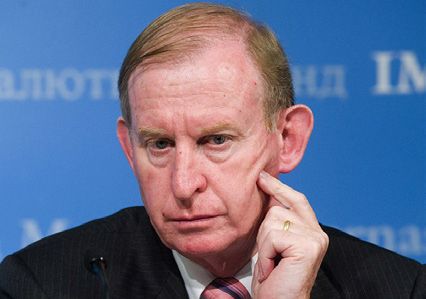David Murray, chair of the Financial Systems Inquiry, has questioned Australia’s high rate of growth in investment lending, especially compared to the country’s nominal GDP growth.
“If you think about land and houses over a very long period of time, why would they grow in value more than nominal GDP growth?” he said in an interview with
Australian Broker at the Adviser Rating’s FinForward summit in Sydney yesterday (20 March).
“It doesn’t really make a lot of sense that they would. They might do that more reliably than other assets but why would they grow a lot more?”
With growth rates of around 10% in investor lending and an annual economic growth rate of 2.4%, the situation was not very healthy, Murray said.
However, he was unsure of whether a lower speed limit of 5% would be effective, saying that other countries had attempted similar tactics with unexpected effects.
“When they tried it in New Zealand, they found it was hurting regional New Zealand more than other parts. So it’s difficult to implement.”
Other strategies such as limiting loan-to-valuation ratios (LVRs) have also been tested overseas with mixed results.
“In Singapore and I think Hong Kong, they seriously constrained the loan-to-valuation ratios and had to keep going before it had any effects on the market.”
Since the current speed limit has had some positive effects however, Murray said that the 10% level could be maintained.
Related stories:
Murray says regulators must rein in investor lending
Out of cycle rate rises “biggest risk” to property market
RBA prepares to further restrict mortgage lending


